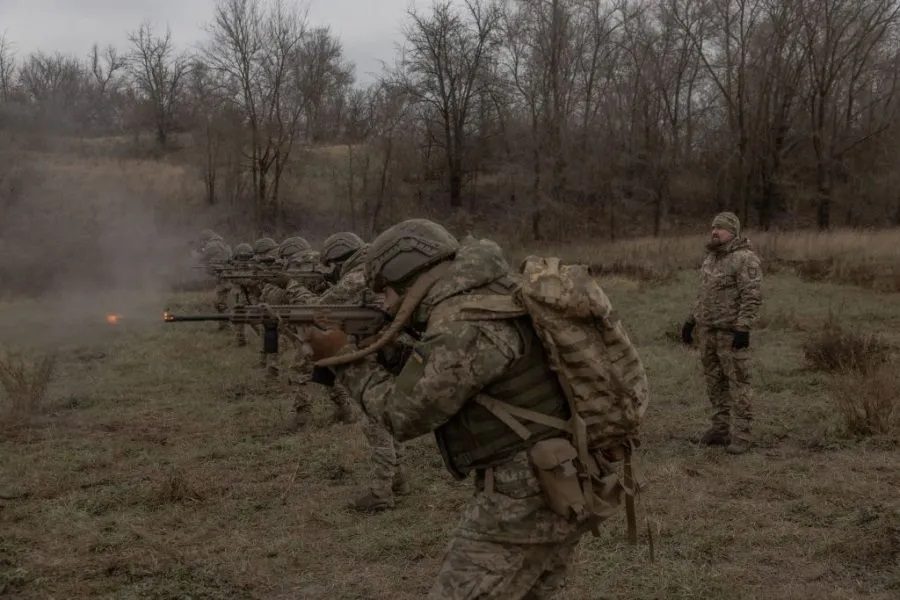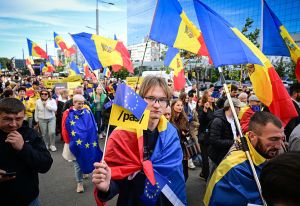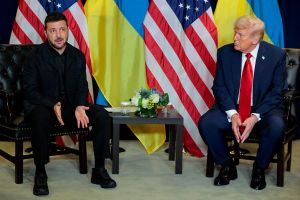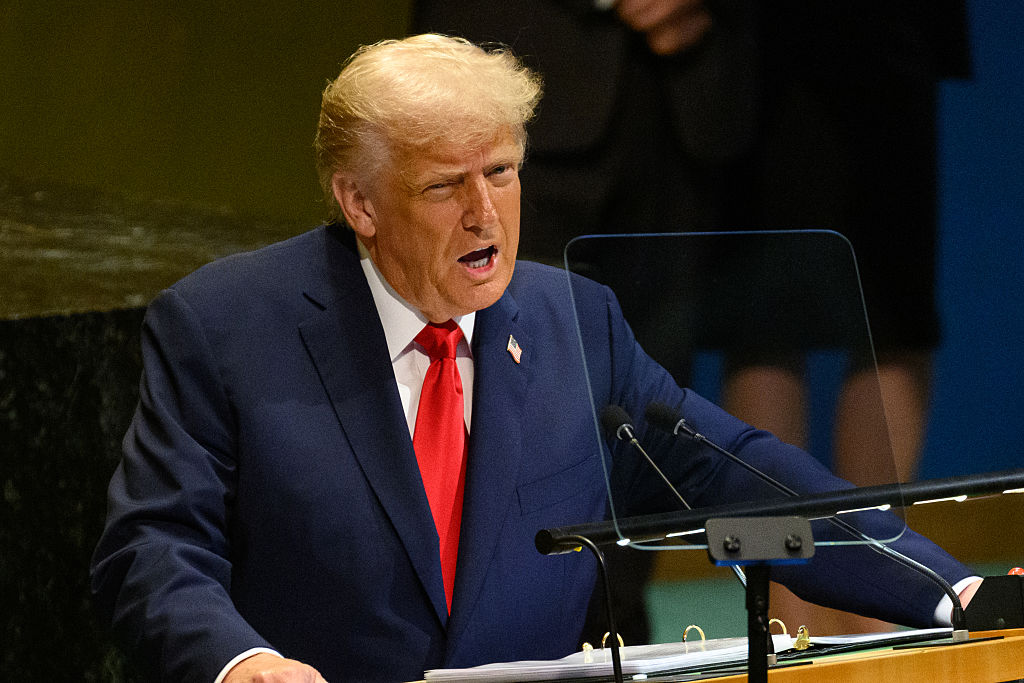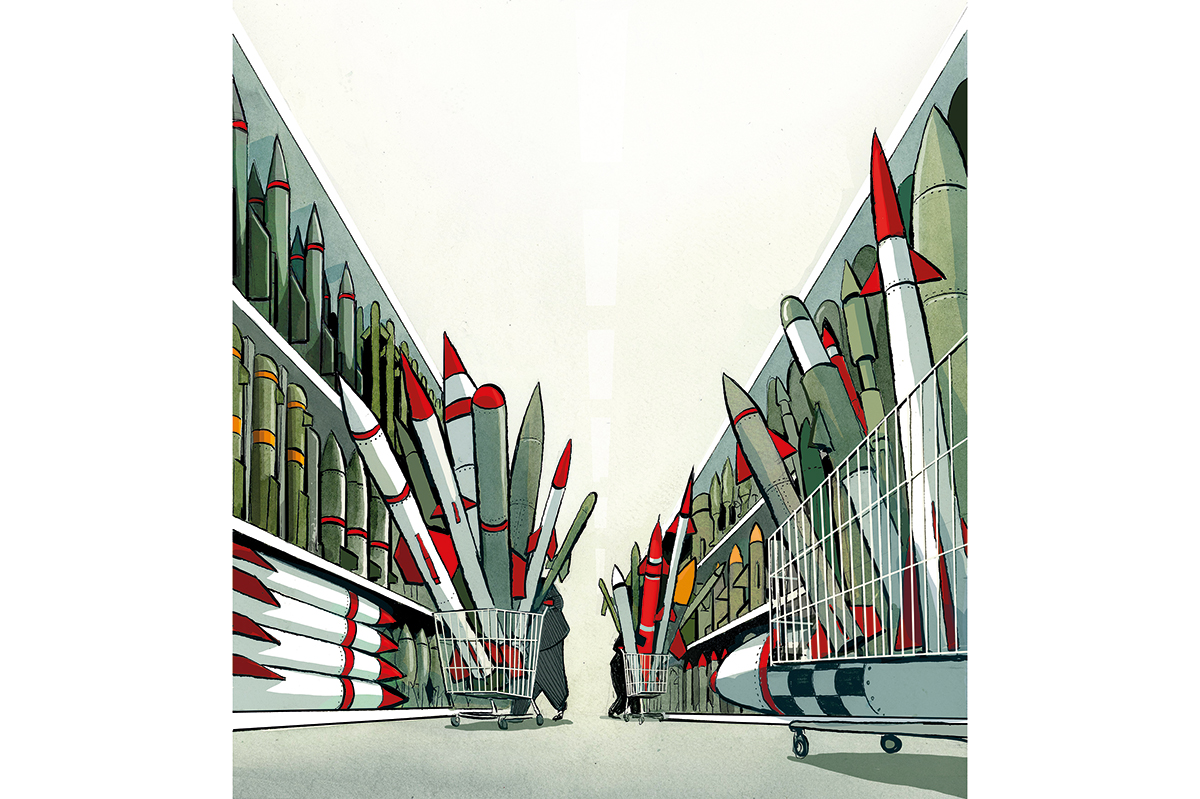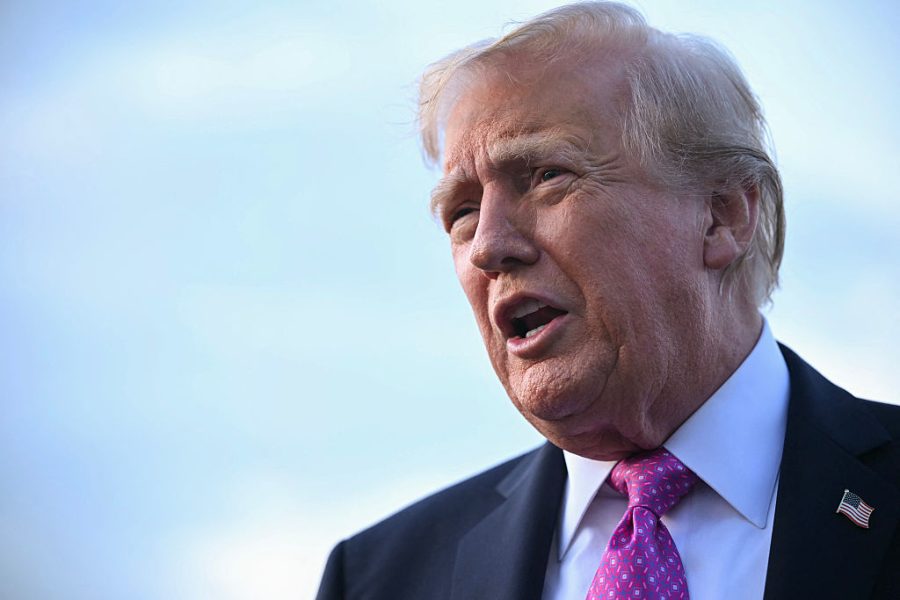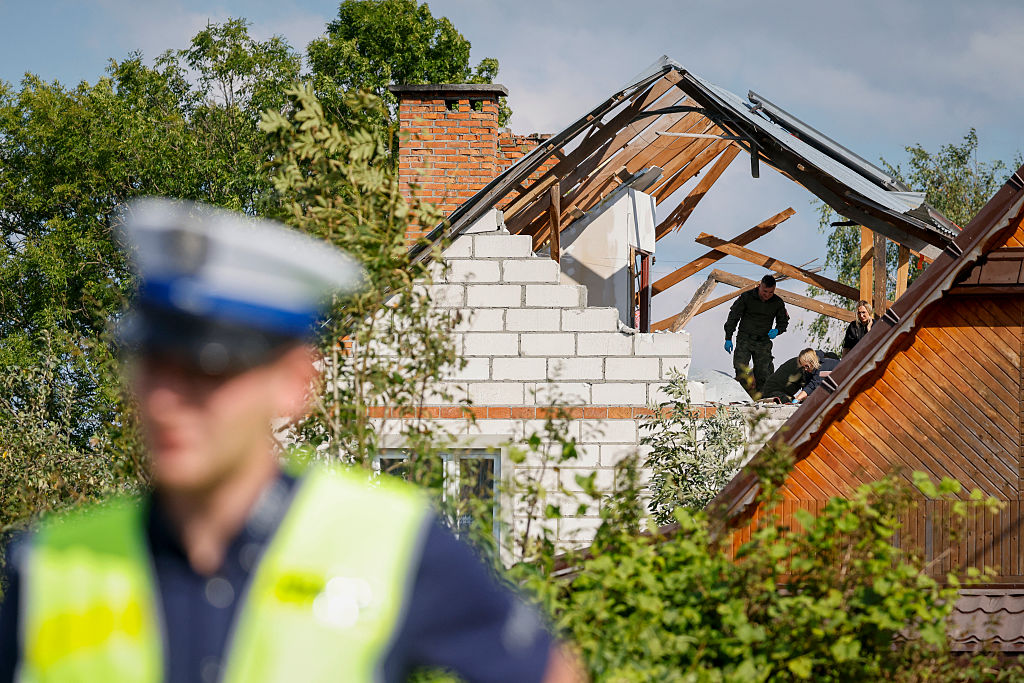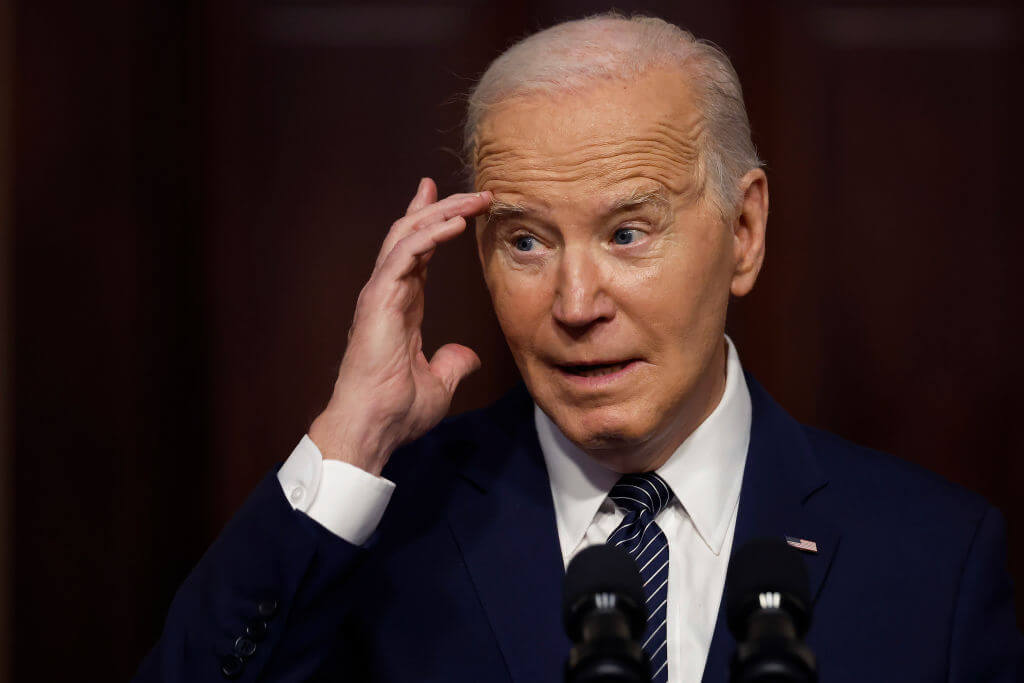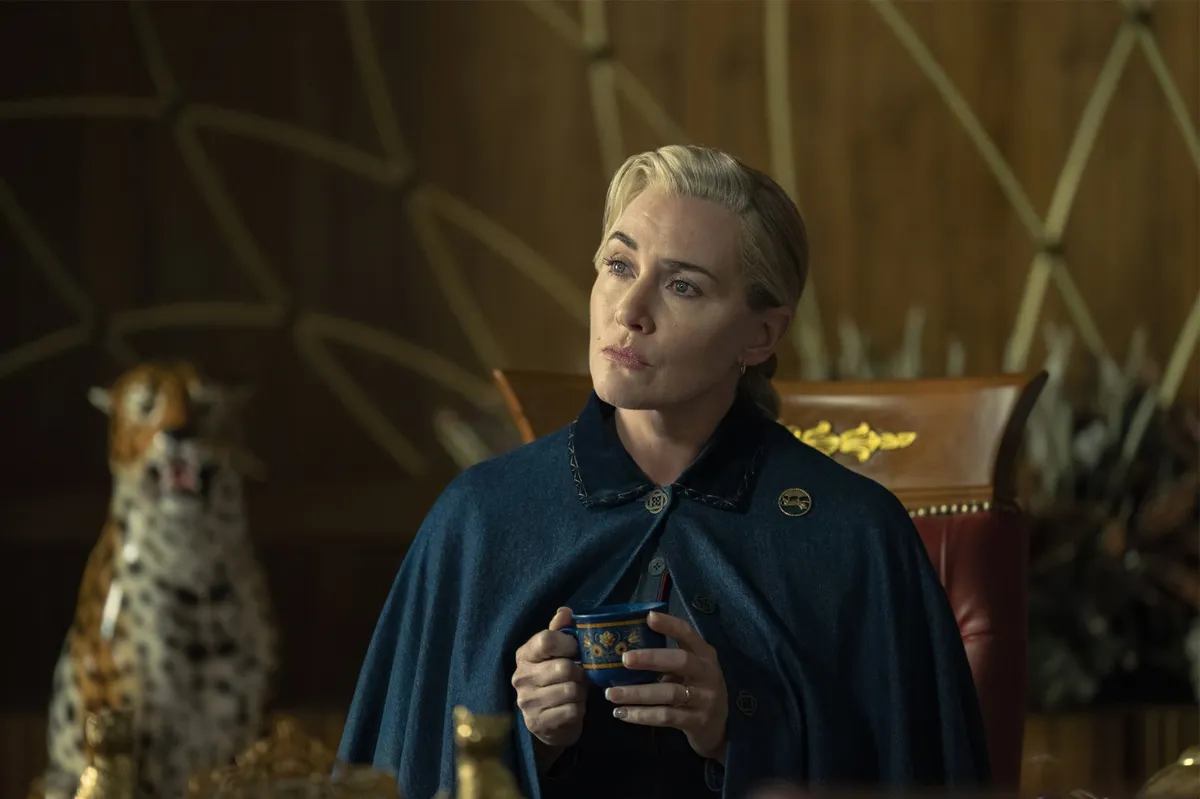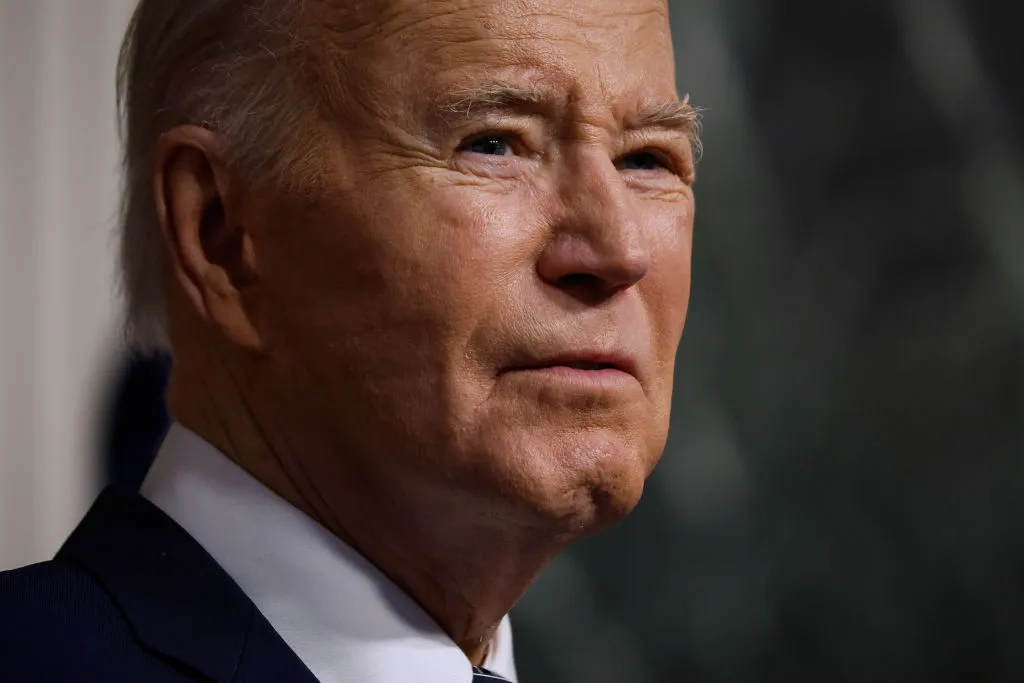In theory, the Kursk salient is one of the most militarily insignificant fronts of Putin’s war on Ukraine. However, war is ultimately all about politics, and the presence of Ukrainian troops on Russian soil is sufficiently problematic for President Vladimir Putin that Kyiv has decided to deploy more troops in a bid to reverse the slow recapture of the occupied territory.
Having originally seized some 400 square miles in its lightning attack in August 2024, by last month, steady Russian pressure had shrunk Ukraine’s grasp on territory to some 180 square miles. Although Ukraine still held the town of Sudzha — about the only significant settlement in this area — the front line had crept perilously close.
Putin admitted in a meeting with regional governors that the situation there is ‘very difficult’
Nonetheless, in line with commander in chief General Olexander Syrsky’s declaration in January that his forces “need to prepare not only for defense, but also for offense,” the Ukrainians have in recent weeks reportedly managed to push Russian troops back six miles from Sudzha. According to Moscow, this entailed the deployment of two fresh mechanized battalions. The Russian concern is that it may jeopardize their positions in the village of Guyevo, which sits across the main supply lines to Sudzha to the north.
On Thursday, to mark the six-month anniversary of the Kursk attack, Volodymyr Zelensky said that “we have brought the war home to Russia. That is where they must feel what war truly means. And they do.” He added that the “Kursk operation clearly explains the meaning of the principle of ‘peace through strength.’”
This is true to a degree. While the Russian media is full of tales of local victories in Kursk, Putin himself admitted in a meeting with regional governors that the situation there is “very difficult.” The acting governor of the Kursk region, Alexander Khinshtein, a hack from the ruling United Russia Party appointed in December, had a face-to-face meeting with Putin on Wednesday in which he lobbied hard for more federal funding to address the problems of the more than 150,000 refugees displaced by the invasion.
All told, the Russians are thought to have deployed between 50,000-70,000 troops to Kursk, including the 11,000 North Koreans. These latter have been rotated out of the fighting, although contrary to claims that they had been withdrawn home because of their high casualties, it seems more likely that they are simply recuperating and also revising their tactics in light of their first actual combat experience, before returning to the fray. The Russians have also had to deploy more national guard security troops to rear-area security operations, as Ukrainian special forces infiltrate deep behind their lines.
But while it essentially ate up all the reserves Moscow had at its disposal, including many elite units, Ukraine’s Kursk operation failed to meaningfully force the Russians to transfer substantial numbers of battle-hardened troops away from the Donbas front. While this has been a slow, bloody process, taking losses that exceed the Kremlin’s capacity to recruit new soldiers, if anything, the tempo of Russian advances increased.
Since the start of the year, that pace has slowed marginally — in December they took more than 150 square miles, and just 125 square miles in January — but several of Moscow’s current objectives such as Kurakhove have fallen, Chasiv Yar is being contested, and they have forced a bridgehead across the Oskil River. As this offensive slows, it may be culminating, in the jargon — running out of steam — or it may be that they are simply digesting their latest gains.
None of this is to suggest that the Kursk salient is meaningless. It is, rather, to emphasize its political significance. Back in August, it was a powerful fillip to a demoralized Ukrainian population — and also a useful counter to a growing Western narrative that suggested Kyiv had, as one British soldier observed, “nothing left in the tank.” If and when there are negotiations, so long as Kyiv holds some Russian territory, freezing the current front line will be a little less appealing to Putin (even though it is likely his immediate political objective).
There are serious pressures on Ukraine’s ability to continue to feed this meat-grinder of a war as well as the profound uncertainties about the US position — will it try and impose a ceasefire or not? As such, it is all the more important that Kyiv be able to present itself, if not as a winner (although simple resistance to its larger neighbor can be counted as something of a win) then at least not as that worst of all things in Donald Trump’s lexicon: a loser.



